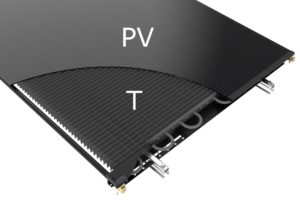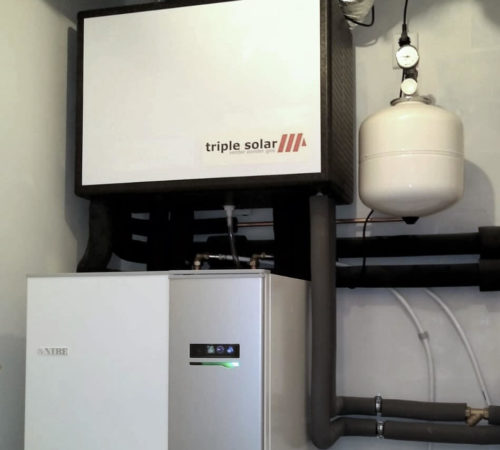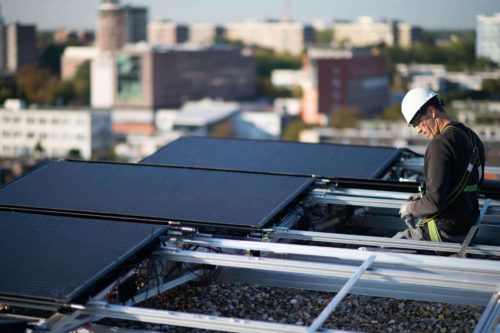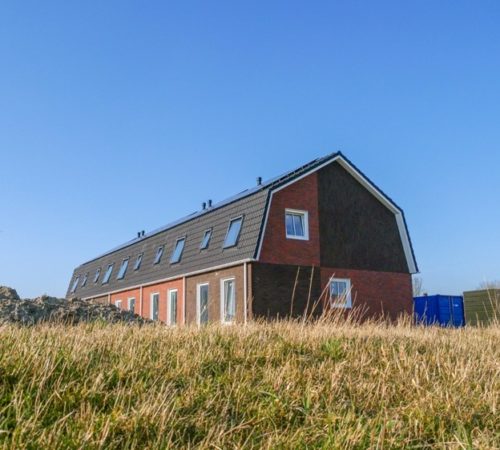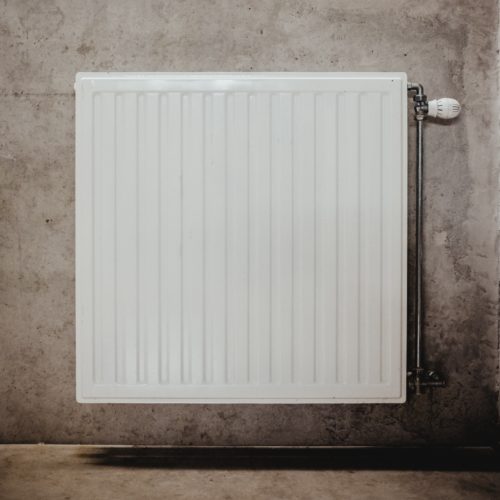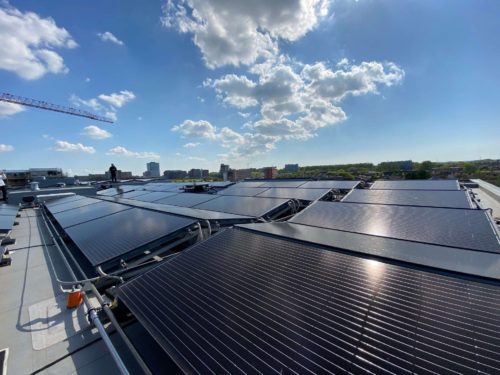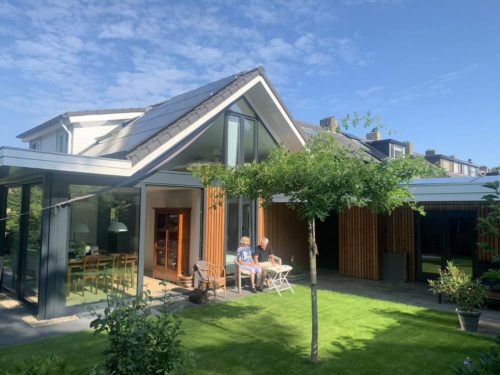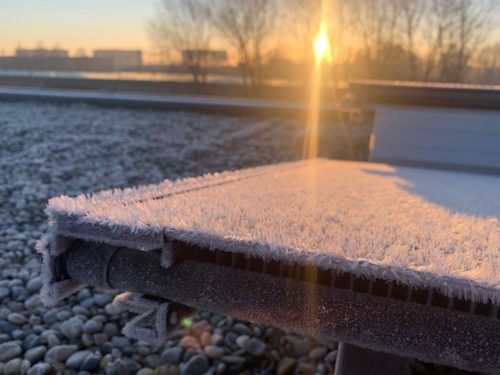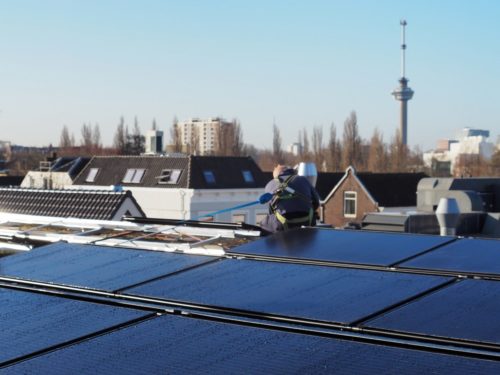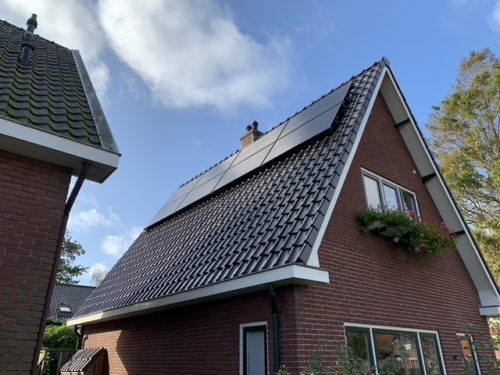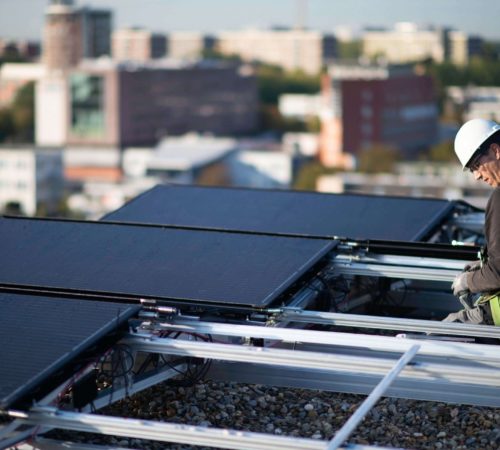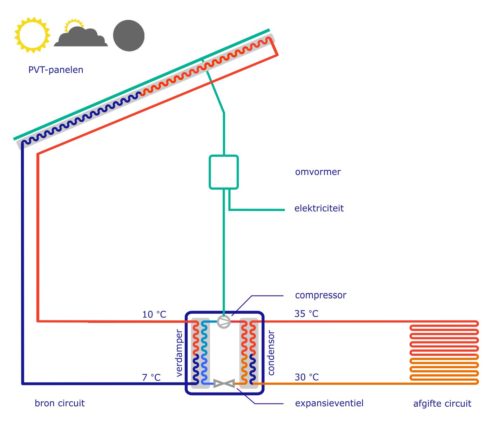What is a heat pump?
The heat pump we work with is an electric compression heat pump (brine/water). The operating principle of this type of heat pump is most easily explained by its components – the evaporator, compressor and condenser – linked to three phases:
Phase 1: Extracting the heat.
Inside the heat pump is an evaporator. This evaporator contains a so-called transport fluid that evaporates already at low temperature. The ambient heat from the source (the heat pump panels) heats the fluid in the evaporator and evaporates as a result.
Phase 2: Compressing
The electric compressor in the heat pump then compresses the released vapor. This process causes the pressure in the heat pump to rise and the temperature to increase.
Phase 3: Release of heat
In the condenser, the vapor is given space again thanks to the expansion valve. As a result, the pressure decreases and the vapor turns back into (transport) fluid. This process releases heat. This heat is then transferred to the delivery circuit – the heating installation or the boiler. The temperature of the heat released is considerably higher than the temperature of the heat originally absorbed and can now be used for heating and hot water. The transport fluid then flows back to the evaporator, after which the process begins again.




